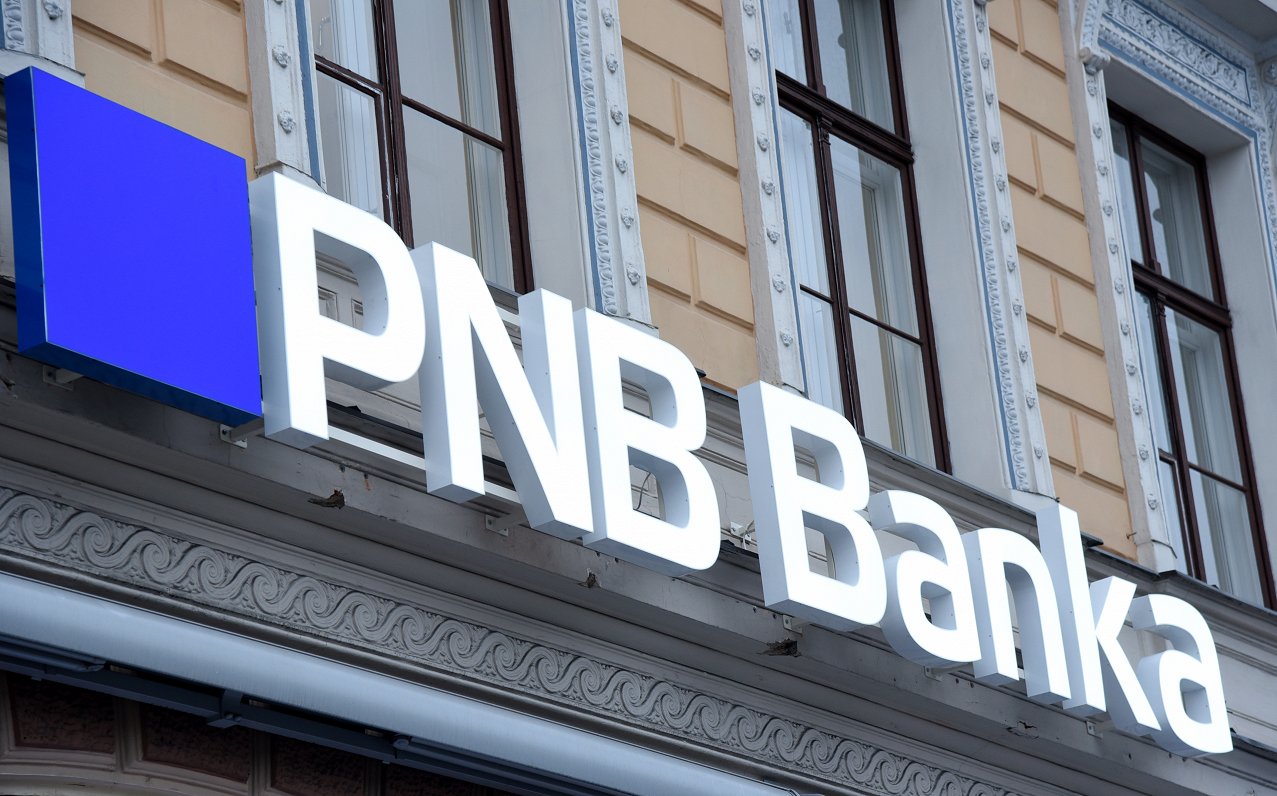When a share of a corporation is granted, a share certificate is also issued. This could occur at the moment the company is initially registered or later. A certificate confirming the total number of shares each shareholder owns as well as the specific class of shares is sent to each shareholder. A certificate only needs to be issued once per shareholder, not per share.

Share certificates should be kept on file for as long as the shareholder owns the shares; replacements will only be issued if a certificate is destroyed or lost. The corporation should be liable for destroying the document and supplying a new one if it is destroyed. If a certificate is lost, businesses could need identification documentation before issuing a replacement. However, very few shareholders are known to the company directors and are found in many tiny businesses.
Format
Share certificates do not have a legal format. Corporations may design their share certificates, but there is a typical manner in which the majority of UK companies exhibit and issue these certificates. They are frequently A4 and printed in landscape orientation, presumably because that looks more like a certificate. They are now supplied electronically and in portrait orientation.
The majority of shareholders will file away their incorporation documents and share certificate. Occasionally, organizations like banks and accountants could ask for an original printed copy, so be sure you know where yours is kept.
Share certificates contain this information:
- Certificate number
- Name and registration number of the company in which shares are held
- The registered office of the firm
- Shareholder’s name and address
- Number of shares issued, their par value, and their type
- Whether the shares are partially paid, completely paid, or unpaid
- Authorizing signatures
Your company formation agency will provide you with your share certificates after you register your business. They should also provide you with your certificate of incorporation, the memorandum and articles of association, and the first minutes. Your “incorporation paperwork” are all of these documents put together.
Disadvantages of issuing a share certificate
The main disadvantage, according to the company, is a matter of time and money. It takes a lot of time and money to issue paper stock certificates. Organizations typically require a whole team solely responsible for overseeing the share certificate system.
The upkeep of a stock certificate system involves a great deal of tiresome administrative effort. For instance, all transactions, such as a merger or spinoff, must be signed and mailed to the company before they can be completed. Additionally, dealing with compliance becomes considerably more challenging.
Furthermore, it is particularly challenging to maintain ownership because shareholders may transfer their certificates to another person without informing the organization. The total amount of back-office effort required to confirm identities and approve the ownership transfer is considerable. In other words, the business must constantly monitor the shares. Typically, a computer system is used for this.
Finally, the corporation will have a lot of work to do if a shareholder’s paper certificate is lost or stolen. A “stop” must be placed on the paper certificates, ownership must be confirmed, and new paper certificates must be issued. Of course, the shareholder also has to go through this process.
What to do when the original certificate is misplaced
You are still the legitimate owner of the shares and are entitled to all shareholder rights even in the absence of a physical share certificate.
In the case that your share certificate is stolen, accidentally damaged, or lost, you must contact the transfer agent immediately and request that they “stop the transfer.” This prevents the transfer of the stock certificate’s ownership to another person. Your stockbroker could offer support with this procedure.







